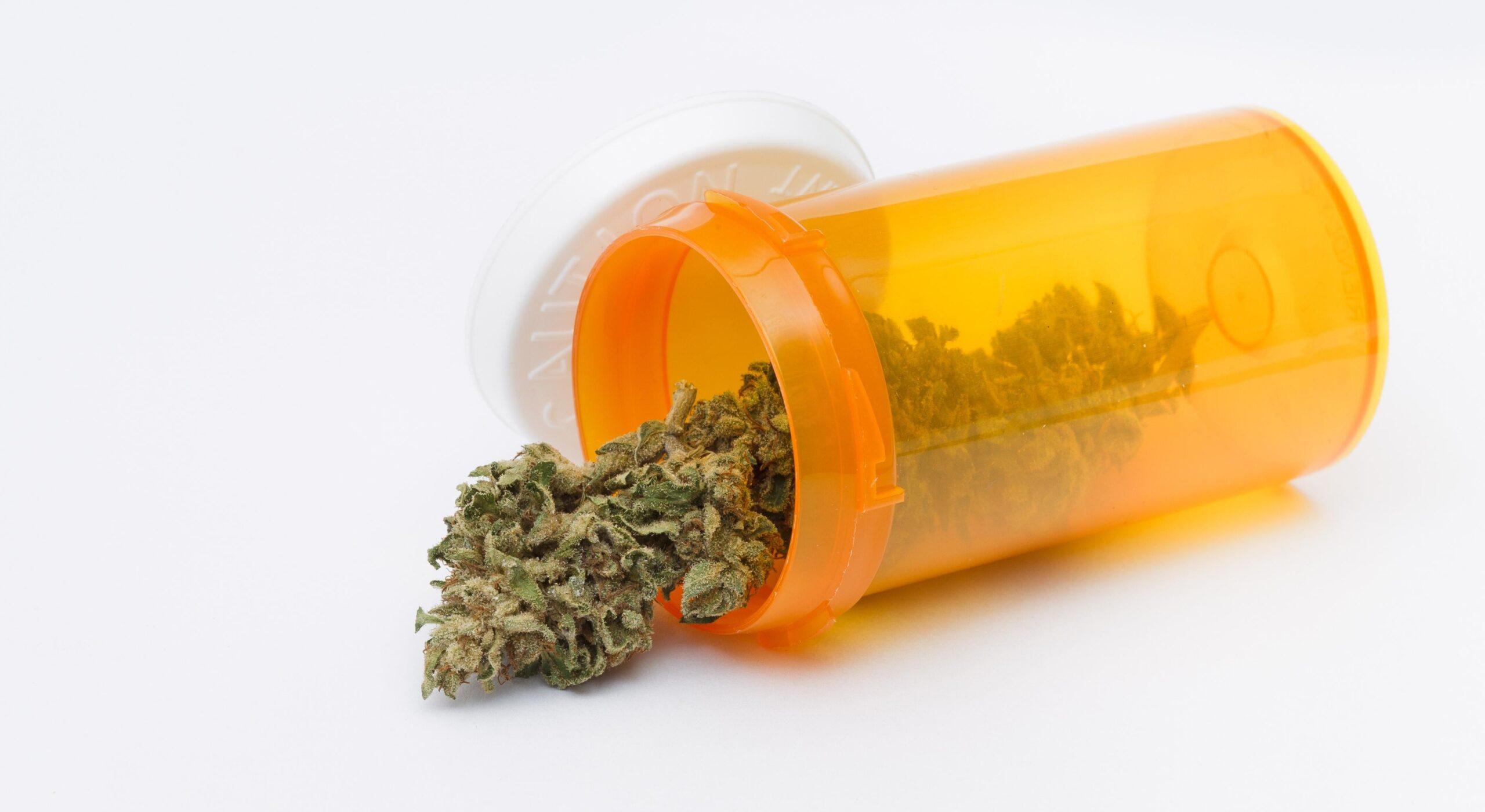According to a study published recently in the journal Clinical Therapeutics, there is significant variations in medical marijuana use based on patients’ medical conditions.

Researchers from the University of Southern California, Brandeis University, and Monash University in Australia analyzed data from over 16,000 patients who purchased medical cannabis from dispensaries in New York over a four year period. The study sought to better understand patterns in the consumption of Δ-9-tetrahydrocannabinol (THC) and cannabidiol (CBD) over time.
Using purchase data recorded in point-of-sale systems, the researchers identified six distinct patterns of cannabis dosing. For THC, the majority of patients (62.6%) maintained steady doses at either low (4.1 mg) or moderate levels (7.4 mg). Approximately 22% of patients exhibited fluctuating or increasing THC doses over time, ranging from 5 to 20 mg. A smaller group, making up 15.8% of the total, decreased their THC intake from 11 mg to 5 mg over the study period. Similar patterns were observed for CBD, though the dosing levels tended to be higher, ranging between 4 and 16 mg.
The study found that patients with chronic pain, neuropathy, and cancer were more likely to use higher doses of THC over time. On the other hand, patients with epilepsy were more likely to use higher doses of CBD, consistent with the compound’s established role in treating seizures.
Below is the study’s abstract:
Abstract
Purpose: Medical cannabis use is rising with limited high-quality clinical trial data to guide dosing. This study relies on real-world, longitudinal medical cannabis purchase data to provide information on Δ-9-tetrahydrocannabinol (THC) and cannabidiol (CBD) dosing trends for patients with qualifying medical conditions.
Methods: A retrospective study of purchases by 16,727 patients obtaining medical cannabis from dispensaries located in New York between 2016 and 2019, recorded in point-of-sale data. Group-based trajectory modeling was used to identify clusters of patients following similar progressions in dosing of THC and CBD over time. χ2 tests were performed to identify which patient characteristics and qualifying medical conditions were associated with membership in each trajectory group.
Findings: Six trajectory groups were identified that described different patterns in the THC and CBD doses that patients purchased over the whole time period. For THC, the majority of patients (62.6%) purchased a steady amount but at different levels: consistently low (4.1 mg) or moderate (7.4 mg). Three groups, representing 22.0% together, exhibited doses that either fluctuate or constantly increase over time (5-20 mg). A final group of patients (15.8%) exhibited constant decrease in dose from 11 to 5 mg. For CBD, the data show similar trajectories, but at the generally higher values (4-16 mg). Patients with chronic pain, neuropathy, and cancer were overrepresented in groups where higher doses of THC were purchased over time. Patients with epilepsy had a higher representation in groups with higher doses of CBD across time.
Implications: Results suggest heterogeneous dosing patterns and trajectories in the use of medical cannabis by patients with different medical conditions.






